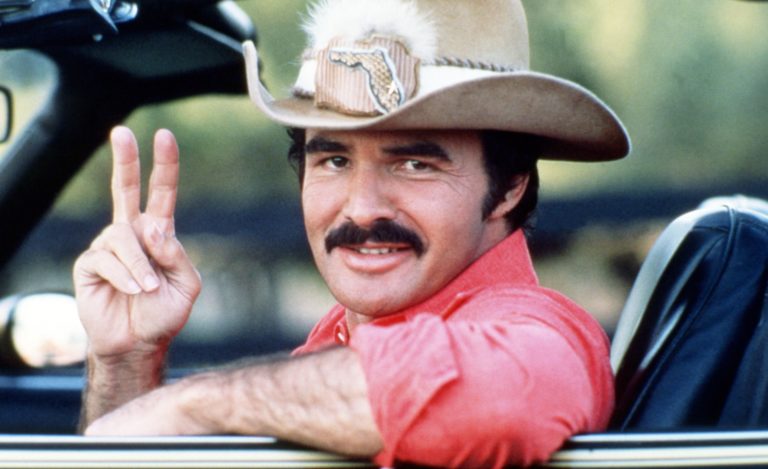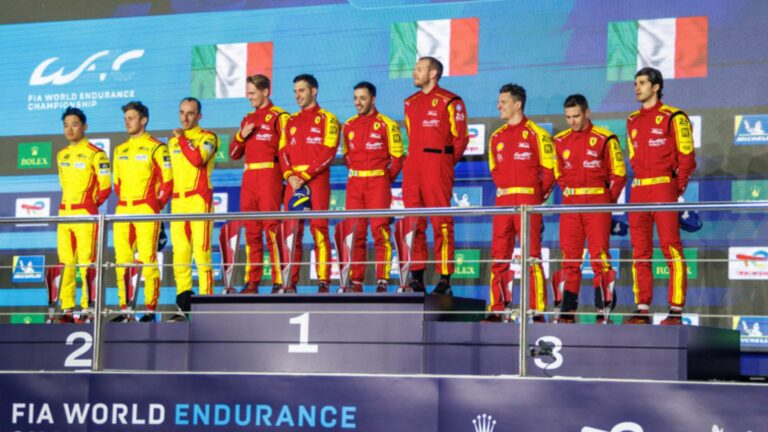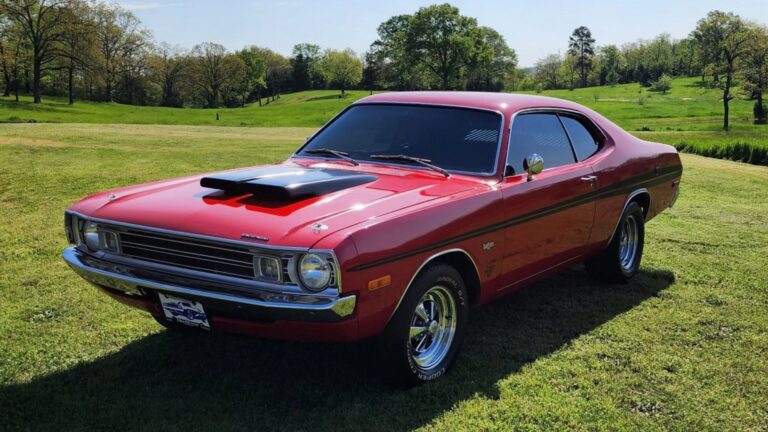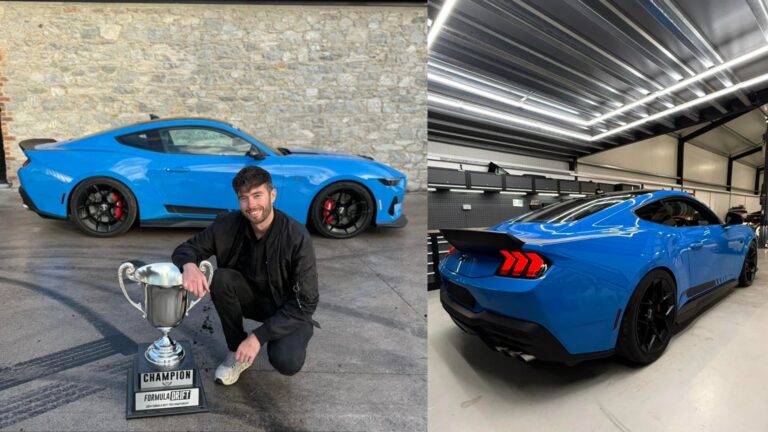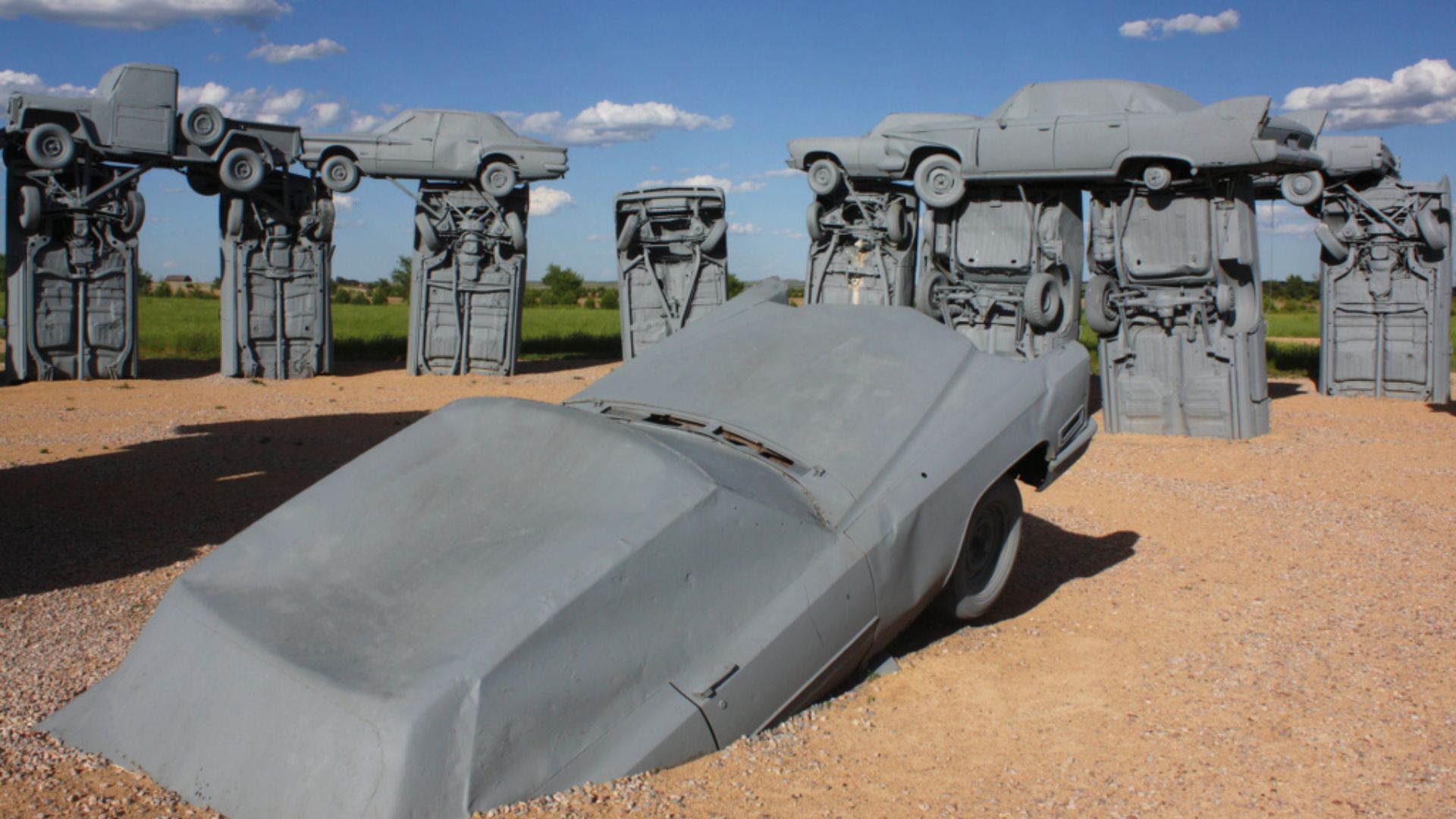
In the flat, expansive plains of Nebraska near the small town of Alliance, an extraordinary sight emerges from the horizon: Carhenge. Modeled after the ancient stone circle of Stonehenge in England, this peculiar roadside attraction isn’t made of stones but old, classic American cars. Built in the 1980s, Carhenge has since become one of Nebraska’s most visited and beloved landmarks.
But how did a rural field become home to such an eccentric creation? The answer lies in the vision of one man, Jim Reinders, and his remarkable tribute to both his family and artistic ingenuity.
The Vision of Jim Reinders
Carhenge exists because of Jim Reinders, who was living in England during the 1970s. While there, Reinders became fascinated with the ancient mystery of Stonehenge, particularly its structure and historical significance. His study of the monument would eventually inspire a very different kind of homage—one made entirely from automobiles.
In 1987, Reinders embarked on an ambitious project to recreate Stonehenge in his hometown of Alliance as a memorial to his father. Choosing to work with vintage American cars, Reinders meticulously arranged them in a circle, replicating Stonehenge’s exact proportions. His creation was unveiled during the summer solstice that year, a nod to the original monument’s connection to the solstice. Thus, Carhenge was born, blending an ancient concept with a uniquely American twist.
Building Carhenge: A Unique Blend of Cars and History
Carhenge is not just a random assortment of cars scattered across a field. Reinders carefully designed it to mirror Stonehenge, with a circle measuring 96 feet in diameter. A total of 39 cars, ranging from 1950s Cadillacs to classic Chevys, are stacked and partially buried in the ground to mimic the stone formations of the original monument. The vehicles are spray-painted gray to evoke the appearance of ancient stones.
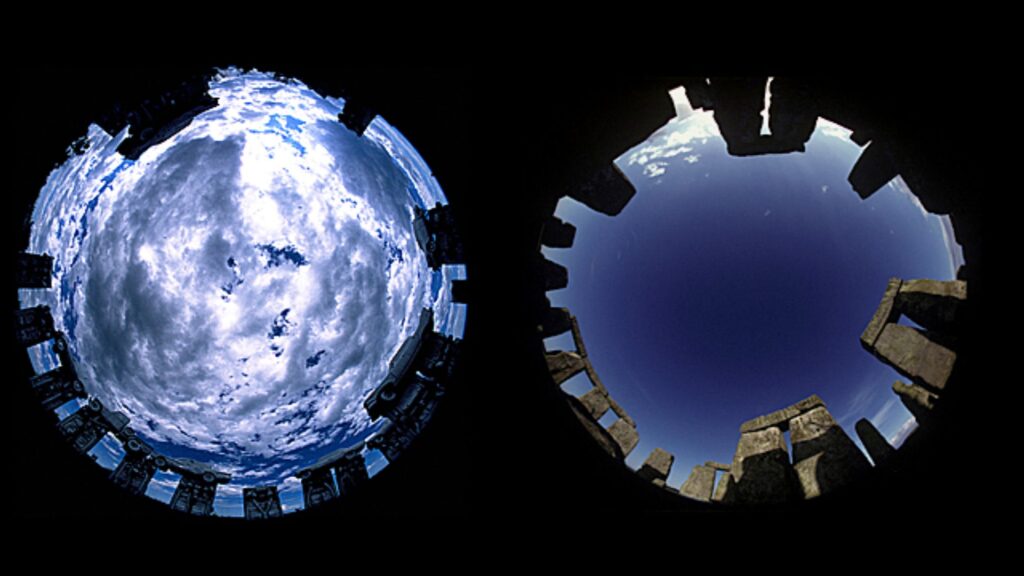
At the center of the installation stands a 1962 Cadillac, often referred to as the “heelstone” of Carhenge. Adding to the playful nature of the structure, Reinders also buried three foreign cars nearby, complete with a tongue-in-cheek sign that reads: “Here lie three bones of foreign cars. They served our purpose while Detroit slept. Now Detroit is awake and America’s great!”—a jab at the dominance of foreign automakers during that era.
From Local Oddity to Global Fame
Though Carhenge started as a personal tribute, it quickly gained attention from tourists and road-trippers drawn to its quirkiness. What began as an eccentric art installation has since evolved into a cultural phenomenon. The site now includes additional car-based art pieces in what is known as the Car Art Reserve, turning the 10-acre property into a larger celebration of car culture.
In 2006, a visitor center was built to accommodate the growing number of visitors. By 2013, the Friends of Carhenge donated the site to the Citizens of Alliance, solidifying its place as a public landmark.
Pop Culture and Cosmic Events
Carhenge’s bizarre charm has earned it appearances in various films, music videos, and even travel books. From its role in the 1995 film Omaha: The Movie to a spot in Pixar’s Cars on the Road series, Carhenge has cemented itself in pop culture as a symbol of creativity and Americana.
One of the most significant moments in Carhenge’s history occurred during the 2017 solar eclipse, when the site was perfectly positioned in the path of totality. Thousands of visitors, including Nebraska’s governor, flocked to Carhenge for the rare celestial event, elevating its significance far beyond that of a quirky roadside attraction.
Carhenge Today: A Legacy of Creativity
Carhenge continues to captivate visitors with its unexpected blend of art, history, and humor. What began as a tribute to Jim Reinders’ father has blossomed into a symbol of American creativity and eccentricity. As it stands proudly on the Nebraska plains, Carhenge invites travelers to witness a testament to imagination, proving that art can emerge from even the most unexpected places.
